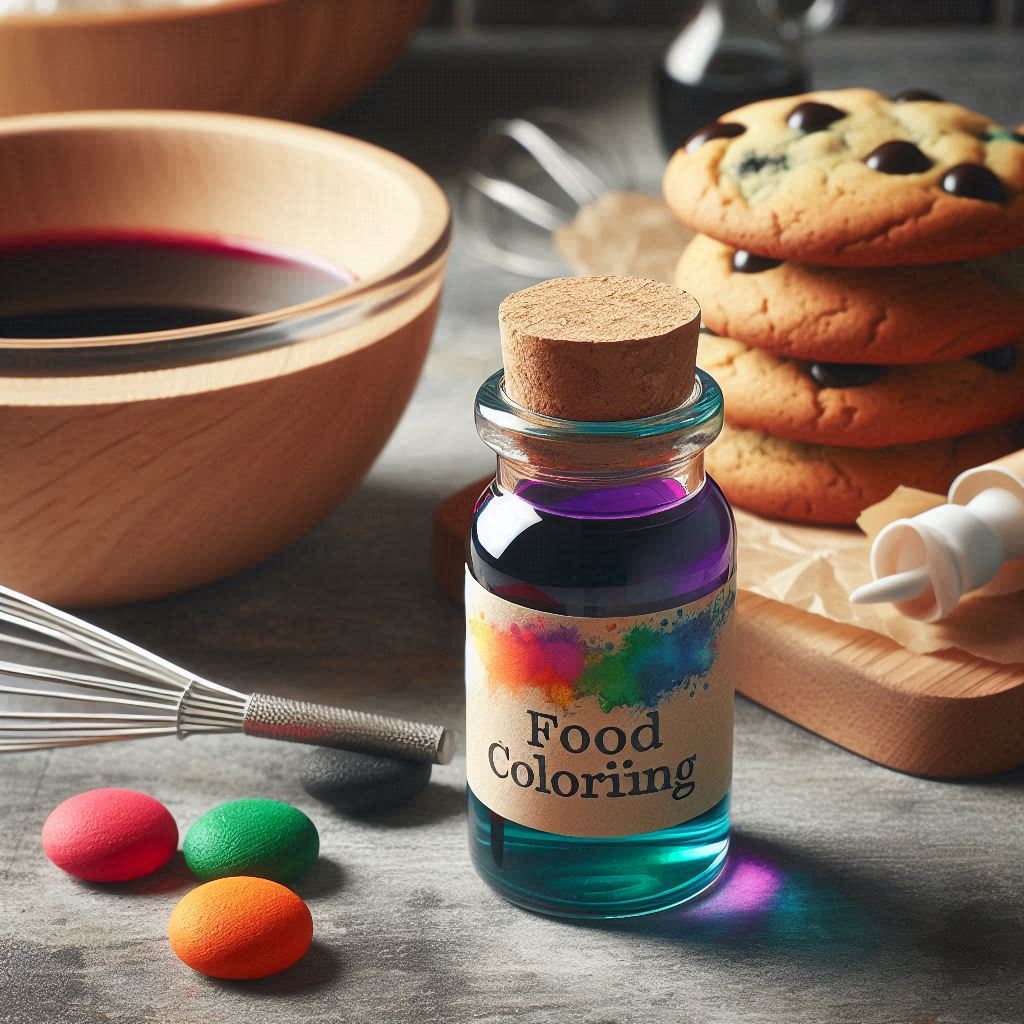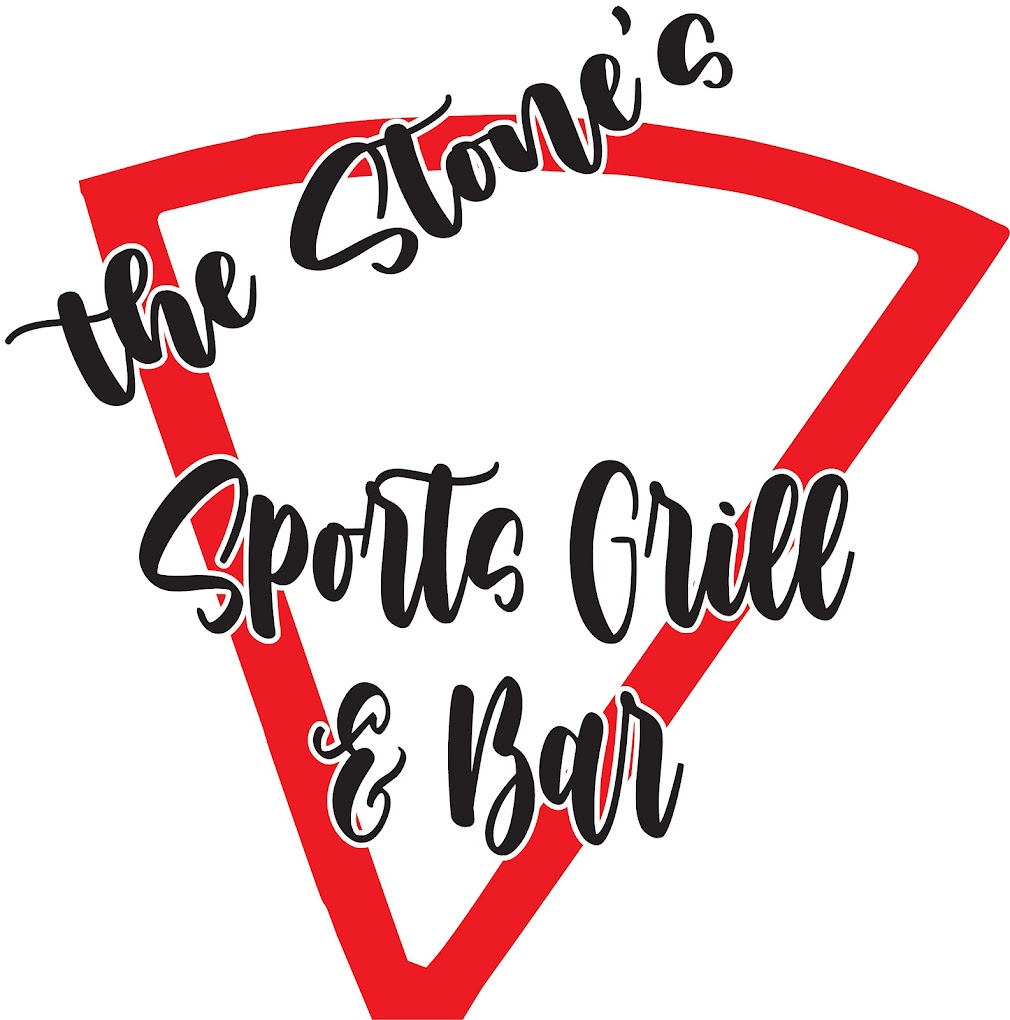Food coloring plays a significant role in culinary applications, as it adds visual appeal to dishes and enhances the overall dining experience. Food coloring can transform an ordinary dish into a visually captivating masterpiece, whether a vibrant red strawberry cake or a rainbow-hued macaron.
So, let’s discover the answer: Does food coloring expire? Uncover essential information about the shelf life of food coloring and ensure your kitchen staples are fresh. Explore now!
What Is Food Coloring?

Food coloring is a key ingredient used in culinary applications to enhance the visual appeal of dishes. It adds vibrant colors to various food items, making them more visually enticing and appealing to the senses. Chefs can transform ordinary dishes into visually captivating masterpieces by adding food coloring.
Different Forms Of Food Coloring (liquid, Gel, Powder)
There are several forms of food coloring available in the market:
| Types | Description | Usage |
|---|---|---|
| Liquid food coloring | It comes in small dropper bottles for easy measurement and color intensity control. | Versatile and suitable for various culinary applications |
| Gel food coloring | Highly concentrated and does not alter the consistency of the food | Commonly used in frosting, icing, and fondants |
| Powdered food coloring | Ideal for powdered substances and disperses evenly | Commonly used in baking |
| Natural food coloring | Made from natural sources such as fruits, vegetables, and spices | Offers a healthier alternative to synthetic ones |
With many options, chefs and home cooks can explore different colors and create visually stunning culinary creations. Food coloring in culinary applications is essential for achieving aesthetically pleasing dishes.
The Importance Of Food Coloring In Culinary Applications
Food coloring holds great importance in culinary applications for various reasons:
- Visual appeal: Food coloring adds vibrancy and vividness to dishes, making them visually enticing. This stimulates the appetite and enhances the overall dining experience.
- Aesthetics: Food coloring allows chefs and bakers to create visually stunning desserts and dishes, showcasing their creativity and artistic flair.
- Theme-based presentations: Food coloring enables chefs to match the color scheme with specific themes for special events or occasions, enhancing the overall ambiance and making the dining experience more memorable.
Does Food Coloring Expire?
Like any other food product, food coloring expires. While it may not necessarily become harmful or toxic after its expiration date, it can lose its effectiveness and vibrant color over time. The expiration date on food coloring products indicates when the manufacturers guarantee their optimal quality and performance.
Factors Affecting The Shelf Life Of Food Coloring
The shelf life of food coloring can be influenced by several factors, including:
- Exposure to light and heat: Food coloring exposed to excessive light and heat can deteriorate faster and lose color intensity. It is important to store food coloring in a cool, dry place away from direct sunlight.
- Contamination: If food coloring comes into contact with water or other liquids, it can become contaminated and spoil quickly. It is crucial to keep the food coloring containers tightly sealed and avoid introducing any moisture.
- Quality of ingredients: The ingredients used to produce food coloring can affect its shelf life. Higher-quality ingredients and natural food colorings may have a longer shelf life than synthetic ones.
To ensure the best color results and overall quality, it is recommended that food coloring be used before its expiration date. Always check the packaging for specific guidelines and storage instructions provided by the manufacturer.
Signs Of Expired Food Coloring
Visual Indicators Of Expired Food Coloring
Expired food coloring may exhibit visual signs that indicate it is no longer suitable for use. These indicators include:
- Fading color: Expired food coloring may lose its vibrant hue and appear dull or faded.
- Discoloration: The color of food coloring may change over time, becoming darker or developing an off-color.
- Separation: If the food coloring separates into different layers or appears clumpy, it is likely expired.
Changes In Color, Texture, And Odor
In addition to visual indicators, expired food coloring may change its texture and odor. These changes can include:
- Thickening or clumping: Expired food coloring may become thicker in consistency or develop clumps.
- Unpleasant odor: Expired food coloring may become rancid or unpleasant.
It is important to note that expired food coloring may result in less vibrant and less effective coloring. To achieve optimal results and maintain the quality of your food creations, purchasing fresh food coloring and using it before its expiration date is best. Always follow the manufacturer’s guidelines and recommendations for storage and usage.
How Long Does Food Coloring Last?
Like any other food product, food coloring has a limited shelf life. The expiration date can vary depending on the type of food coloring:
- Liquid food coloring: If stored properly, liquid food coloring can last for about 2-3 years on average. However, some brands may have a shorter shelf life, so it’s best to check the packaging for specific expiration dates.
- Gel food coloring: Gel food coloring tends to have a longer shelf life than liquid food coloring. It can last 4-5 years if stored in a cool, dark place.
- Powdered food coloring: Powdered food coloring can have an even longer lifespan, lasting 5-7 years. However, ensuring that no moisture gets into the container is crucial to avoid clumping or mold growth.
Proper Storage Methods To Prolong The Lifespan
To maximize the shelf life of your food coloring and maintain its quality, it is essential to store it correctly:
| Type of Food Coloring | Storage Tips |
|---|---|
| Liquid food coloring | – Keep it tightly sealed in its original bottle – Store in a cool, dark place away from direct sunlight |
| Gel food coloring | – Store in a cool, dark place – Use a clean utensil to scoop out the desired amount, avoiding any cross-contamination |
| Powdered food coloring | – Store in an airtight container- Keep away from moisture- Use a clean spoon or scoop to prevent clumping |
By following these storage methods and regularly checking the expiration dates, you can ensure that your food coloring lasts as long as possible and maintains its potency for all your culinary creations.
Can Expired Food Coloring Be Used?
Safety Considerations When Using Expired Food Coloring
Using expired food coloring may not be safe, as it can pose health risks. Over time, the ingredients in food coloring can degrade, potentially leading to microbial growth or changes in chemical composition. Consuming expired food coloring may result in food poisoning or other adverse effects. It is always advisable to check the expiration date and discard any expired food coloring.
Impact On Color Intensity And Quality
Expired food coloring may not maintain its intended color intensity and quality. The pigments in food coloring can degrade over time, causing the colors to fade or change. This can affect the final appearance of your culinary creations, making them less vibrant or unpredictable in color. Fresh food coloring should be used within its recommended shelf life to ensure consistent and desired results.
To ensure the safety and quality of your culinary creations, it is best to use food coloring within its expiration date. Proper storage and regular checks can help prolong the lifespan and maintain the potency of your food coloring.
References:
- https://www.tastingtable.com/1522312/does-food-coloring-expire/
- https://lifehacker.com/do-sprinkles-food-coloring-and-icing-ever-really-expi-1848338800
FAQ about Does Food Coloring Expire: Unveiling the Truth About the Shelf Life of Food Coloring
Q: What is the shelf life of food coloring?
A: Food coloring has a long shelf life and can be used several years beyond expiration when stored properly.
Q: How should you store food coloring to maintain its freshness?
A: To keep food coloring fresh, store it in a cool, dry, and dark space. Ensure that the bottle lids are tightly fastened.
Q: What happens if food coloring is not stored properly?
A: Improper storage may cause liquid and gel food coloring to harden or dry over time, affecting its quality.
Q: Can expired food coloring still be used?
A: While expired food coloring is generally safe, its quality may degrade, making it less appealing for various recipes.
Q: Is it safe to consume food coloring past its expiration date?
A: Yes, it is safe to use food coloring past its expiration date if it has been stored correctly and shows no signs of spoilage.
Q: How can one prevent food coloring from expiring quickly?
A: By storing food coloring in a cool, dry, dark place with tightly fastened lids, you can prolong its shelf life and maintain its quality.

The Stone’s Sports Grill and Bar was Established on December 1, 2021. The Stone is a Sequel to another restaurant called Cornerstone’s First Edition in Tucumcari, NM. This particular venue is located on the Southeast side of Colorado Springs. The Stone is Wide Open. We have a large dance floor, multi-level stage, pool room, (5) dart boards, and a bar with a large selection of wine spirits and brews.